Here are some photos of one of those guns where you can just feel history in your hands. It is old, in attic condition. It has quality English trade gun parts, as far as I can tell. However, it is stocked in curly maple. The barrel is stamped London. I have seen a similar example at auction penned as a Rev War era officer's fusil. But I have never seen another like it. Some who have examined it believe it to be a chief's grade trade gun, or just a regular trade gun, or even an American stocked gun using surplus English trade parts. This gun does have provenance which came with it, regarding the family it came from and military usage, but no paper documentation to go along with it, so I will not comment on that at this point. The provenance suggests that it was used as an officer's fusil. However, I like to fantasize that it was a native-used gun. I was just wondering what you think? These are not great photos. I used my iphone. If need-be I can take others using a real camera.
Note the marks on the butt stock in the last photo. They really don't look like initials to me, nor do they look like random scratches. Campaign marks?
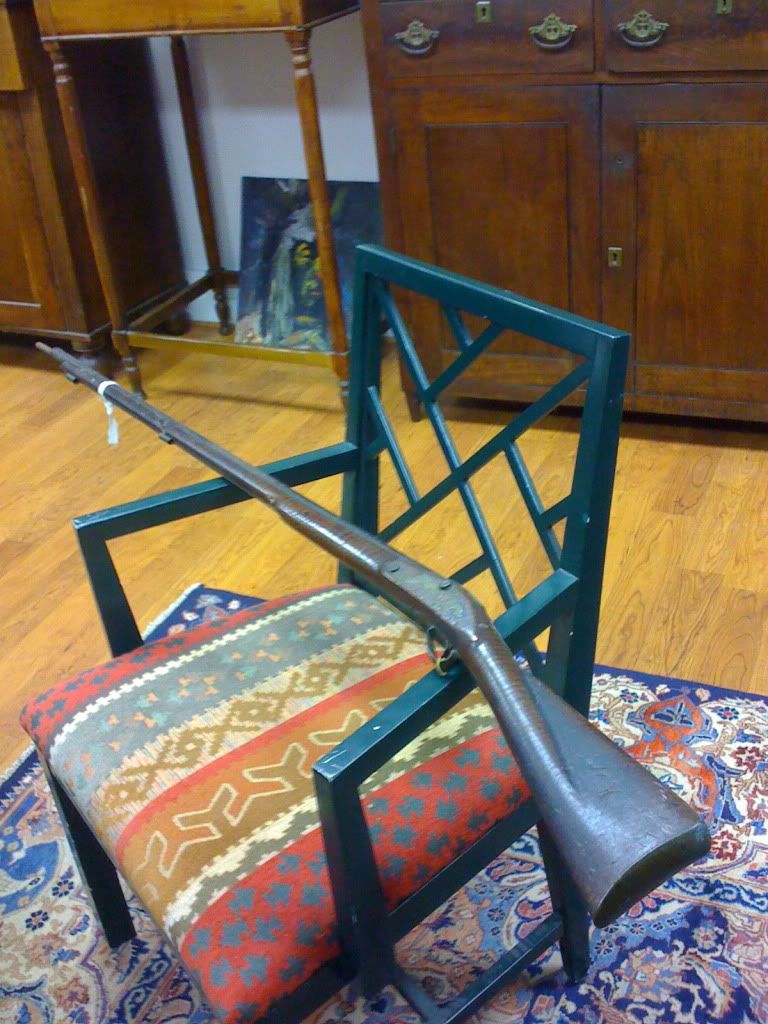
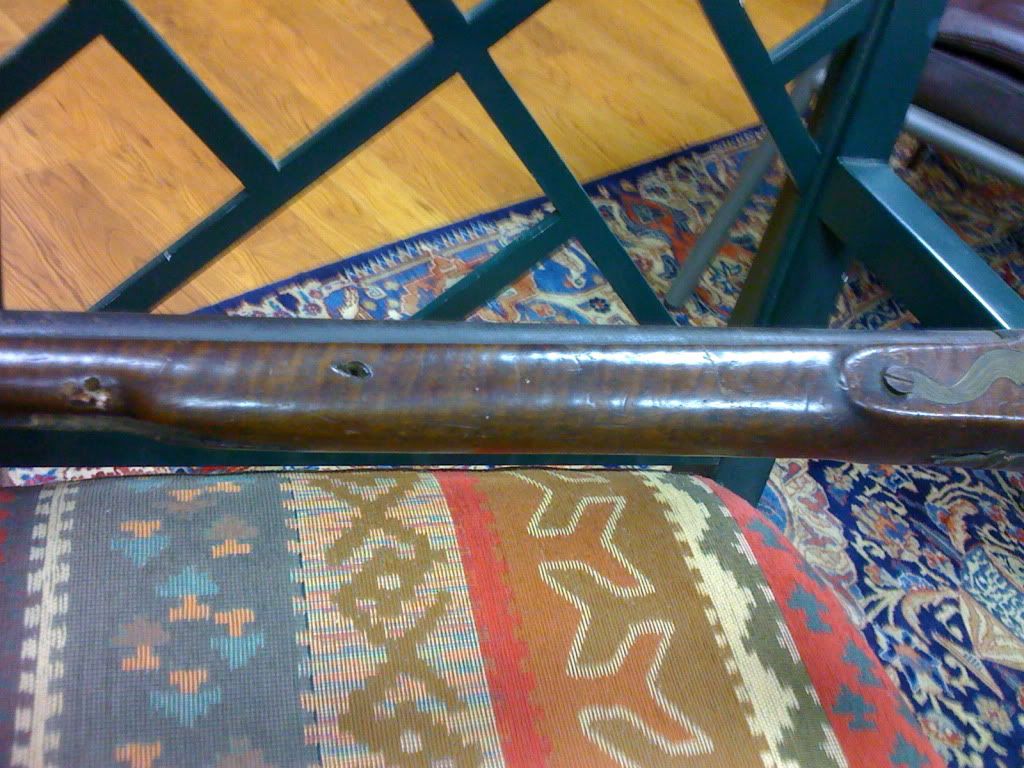
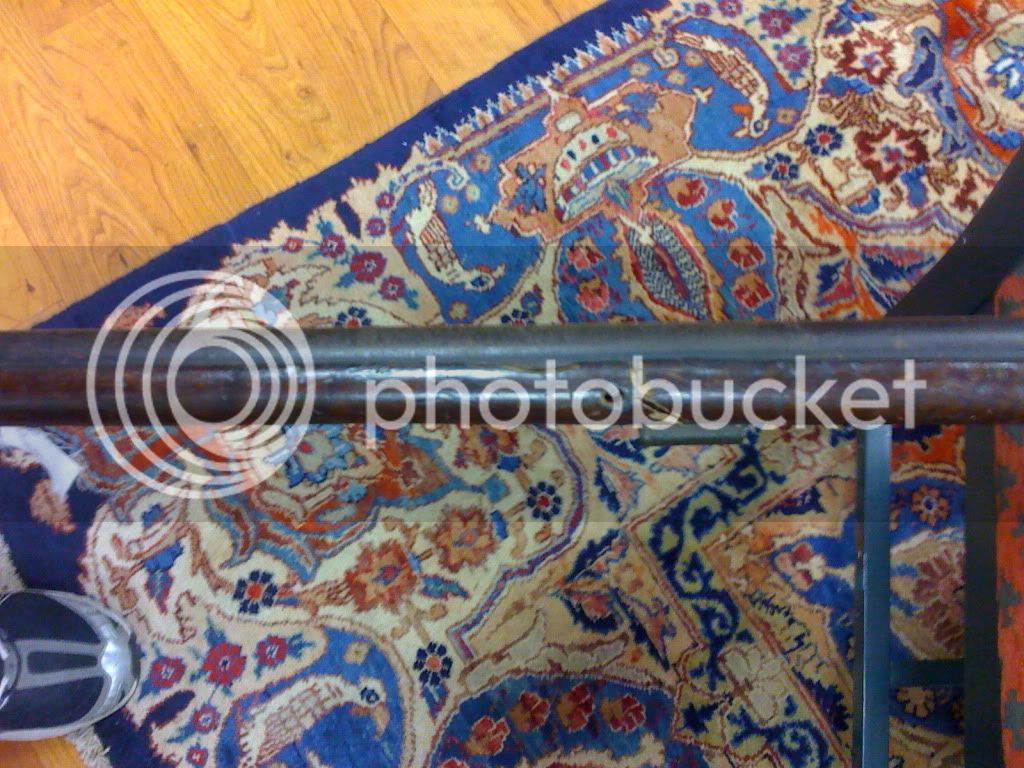
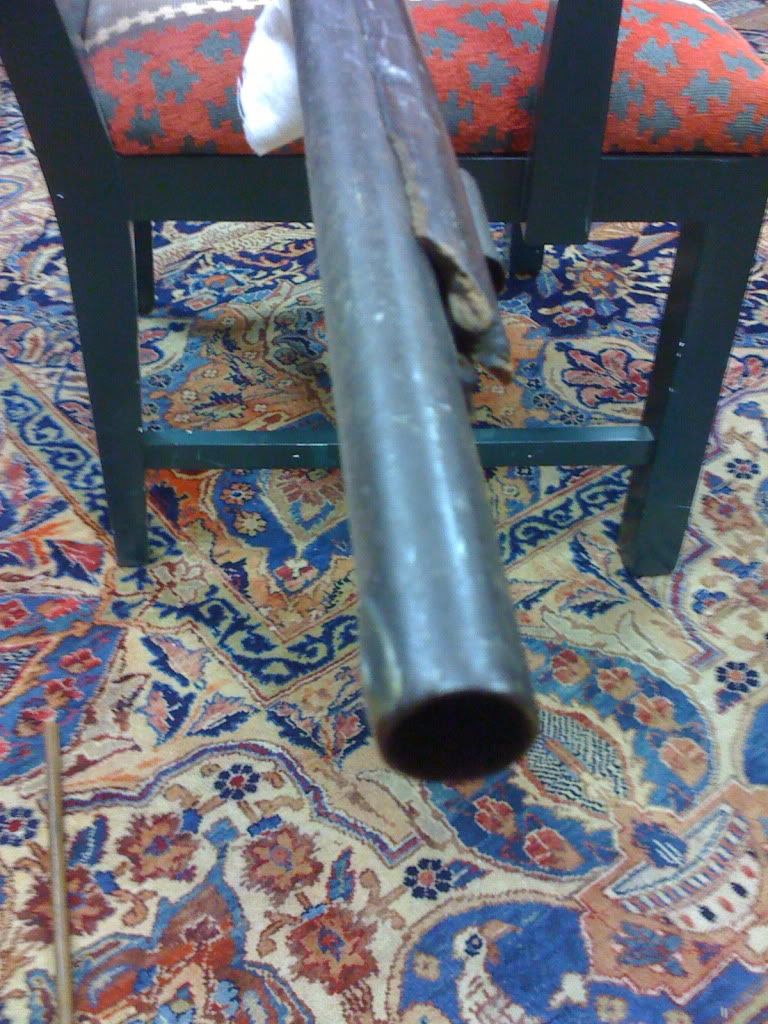
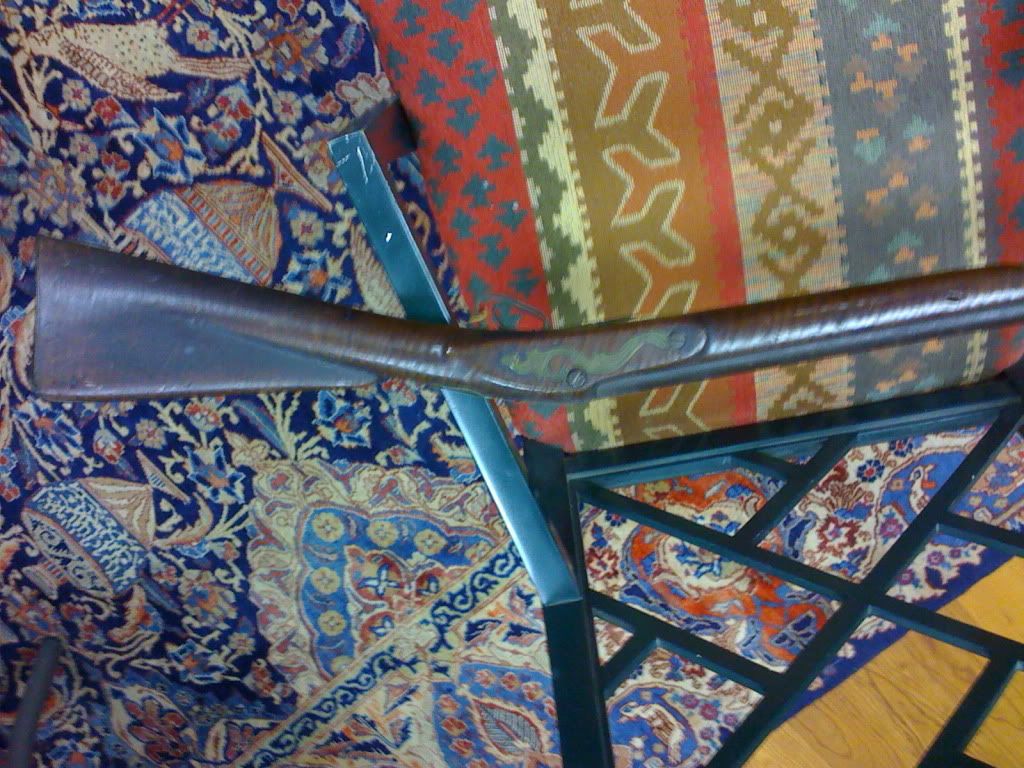
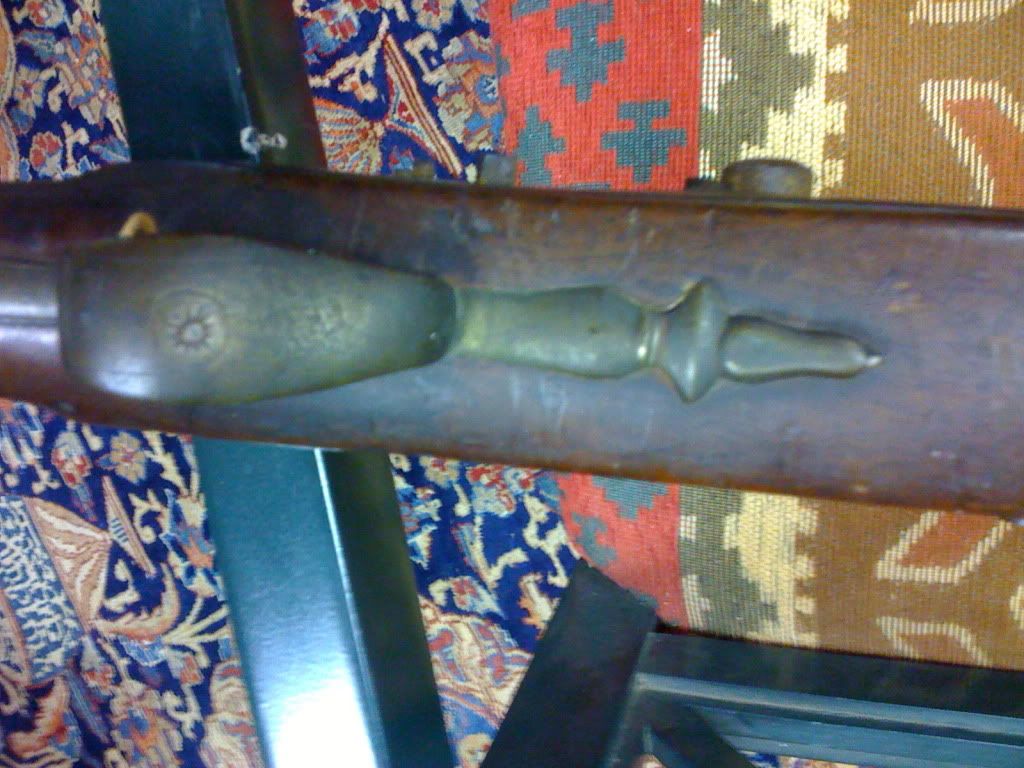
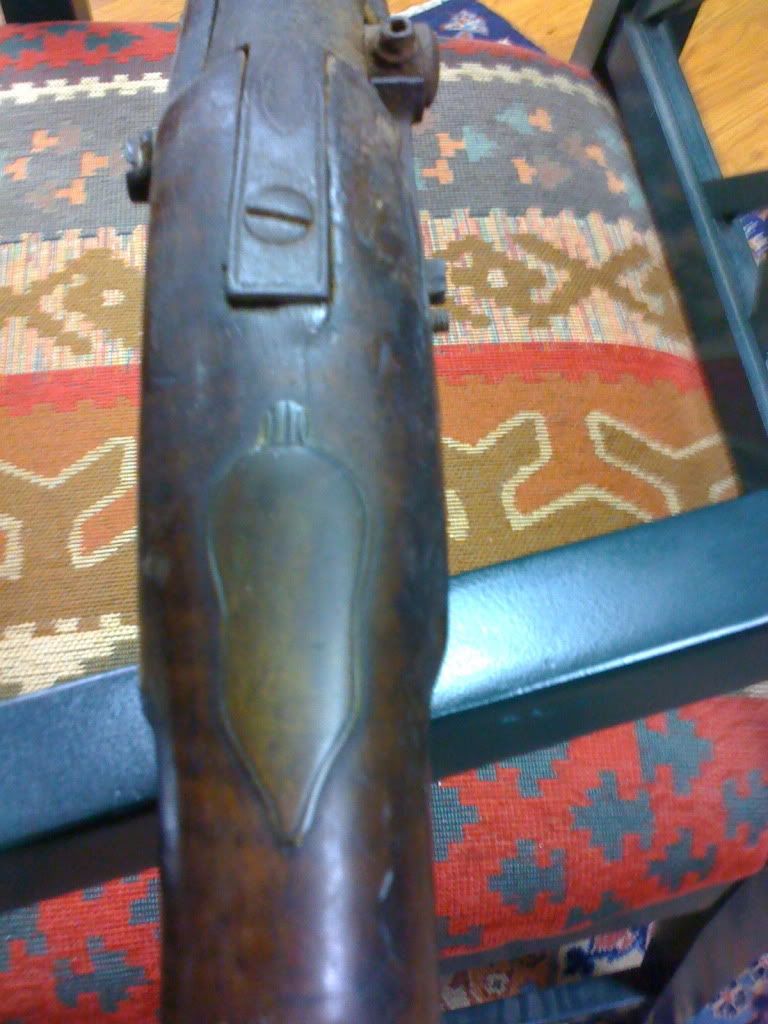
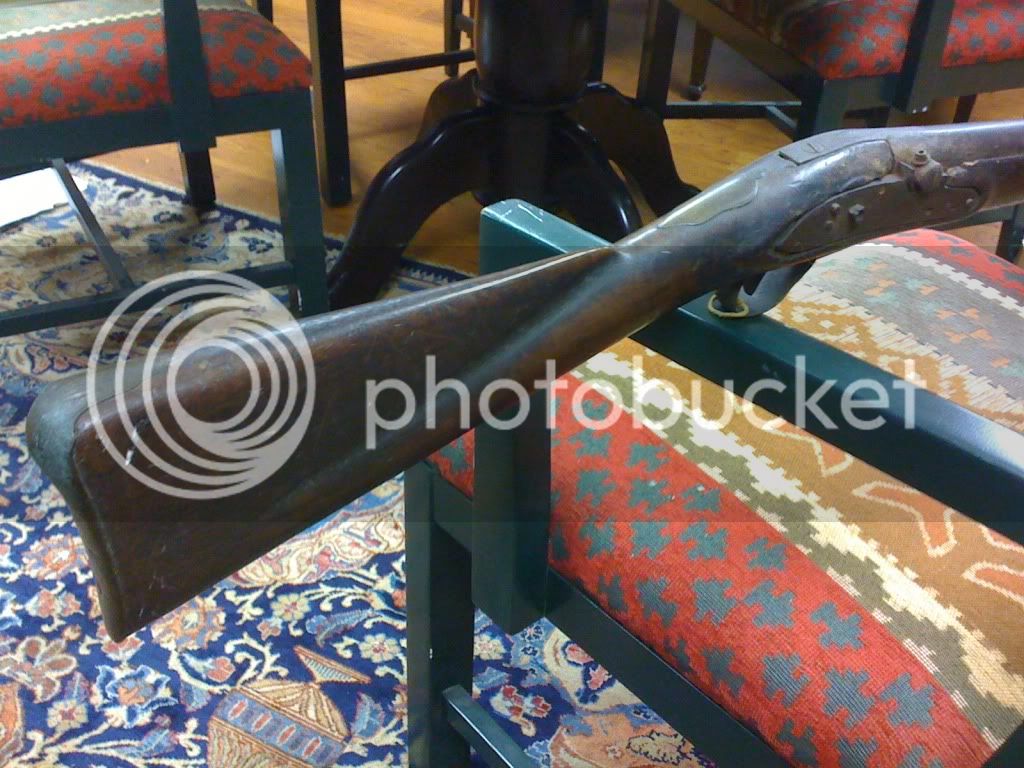
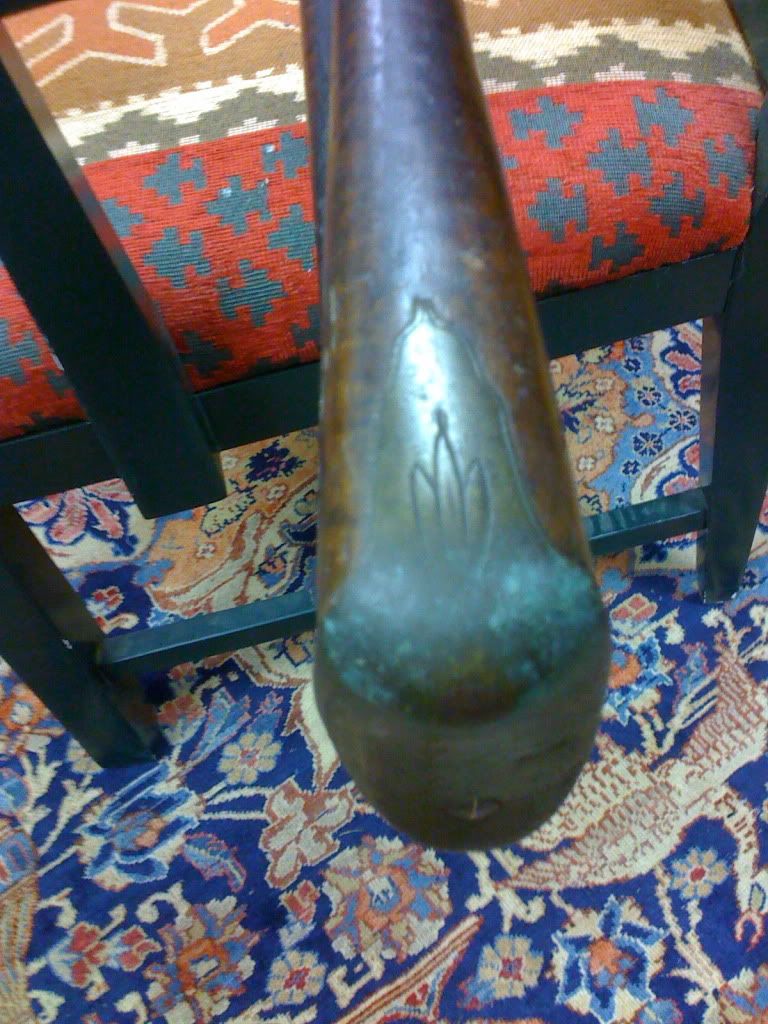
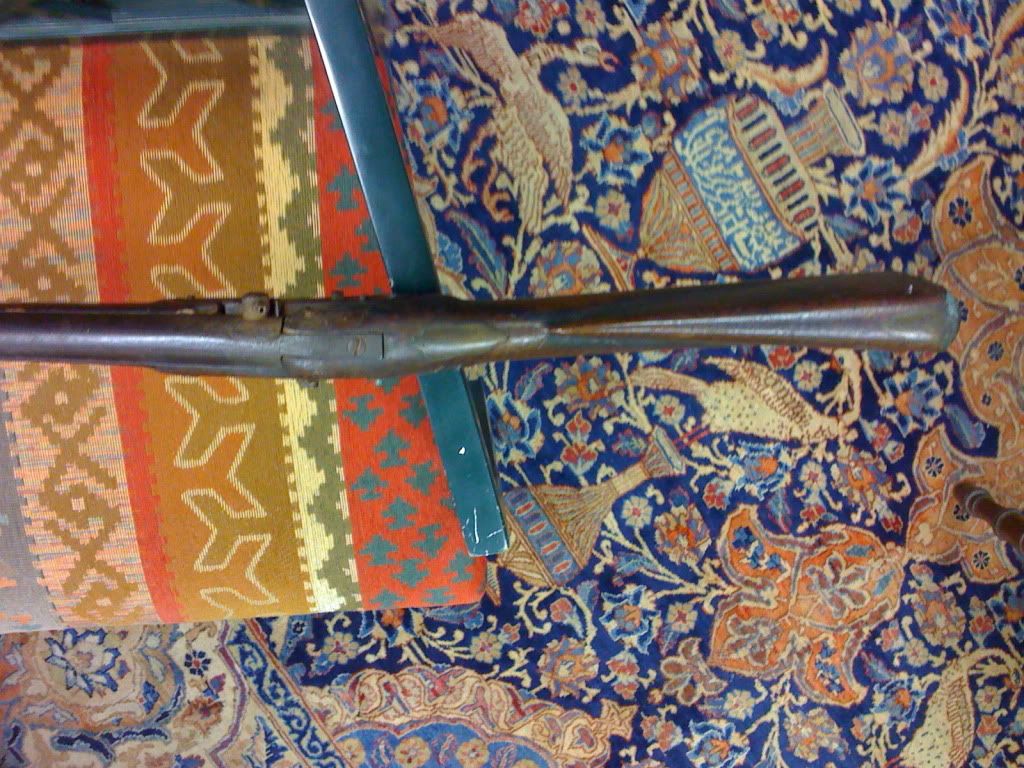
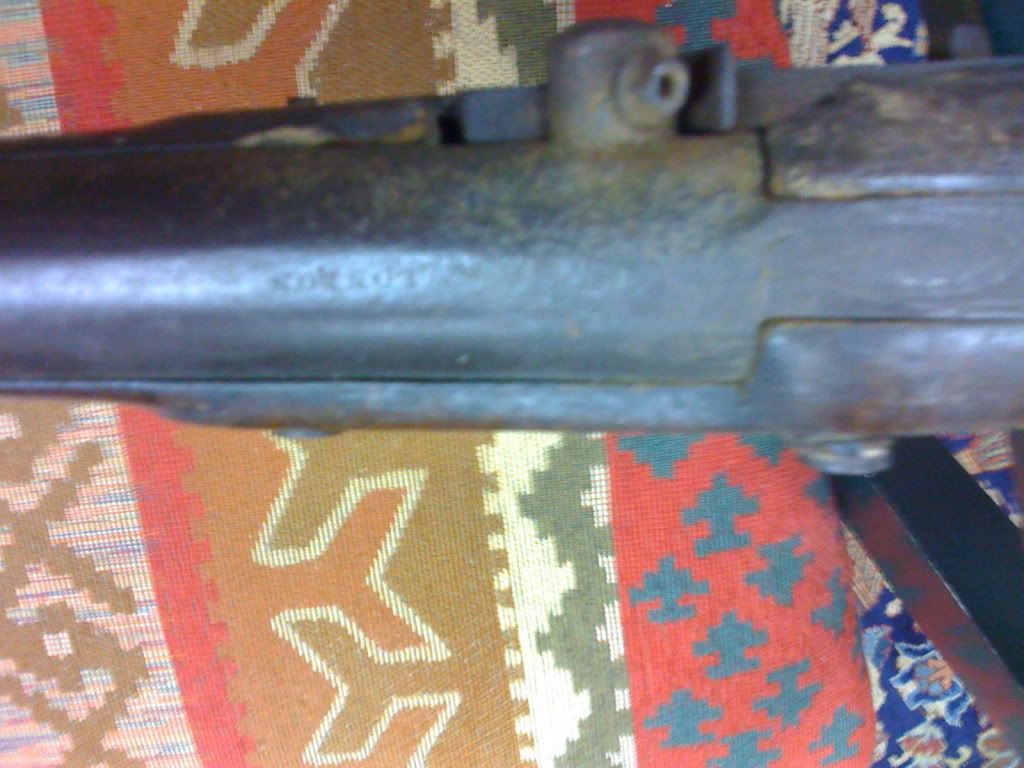
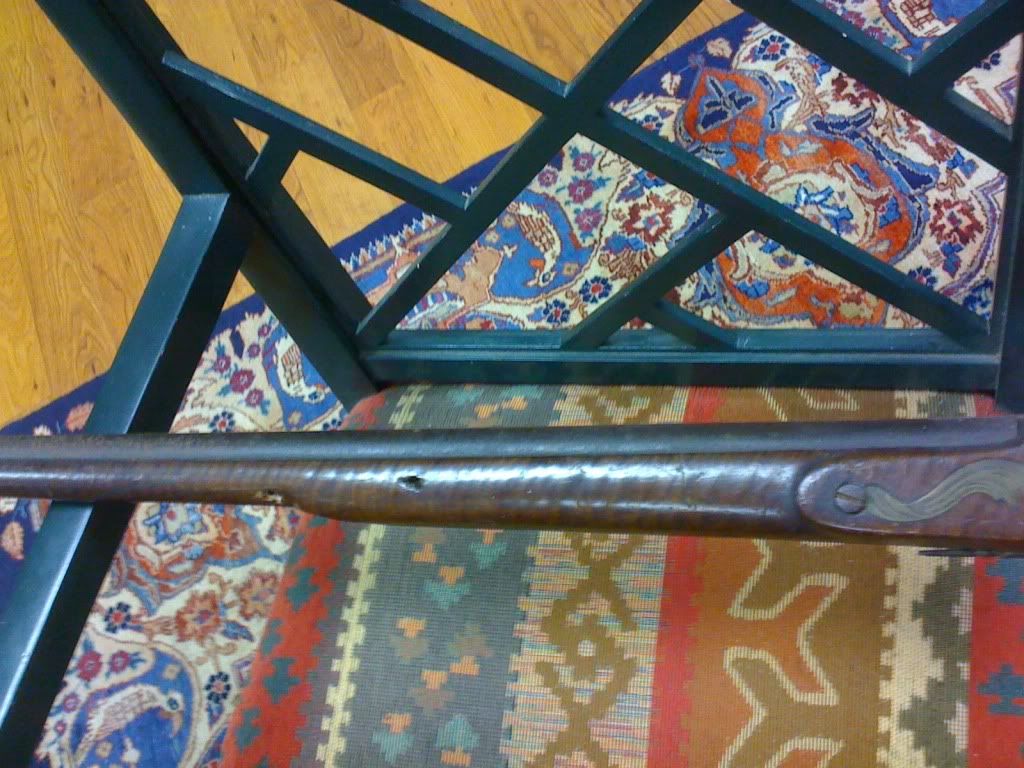
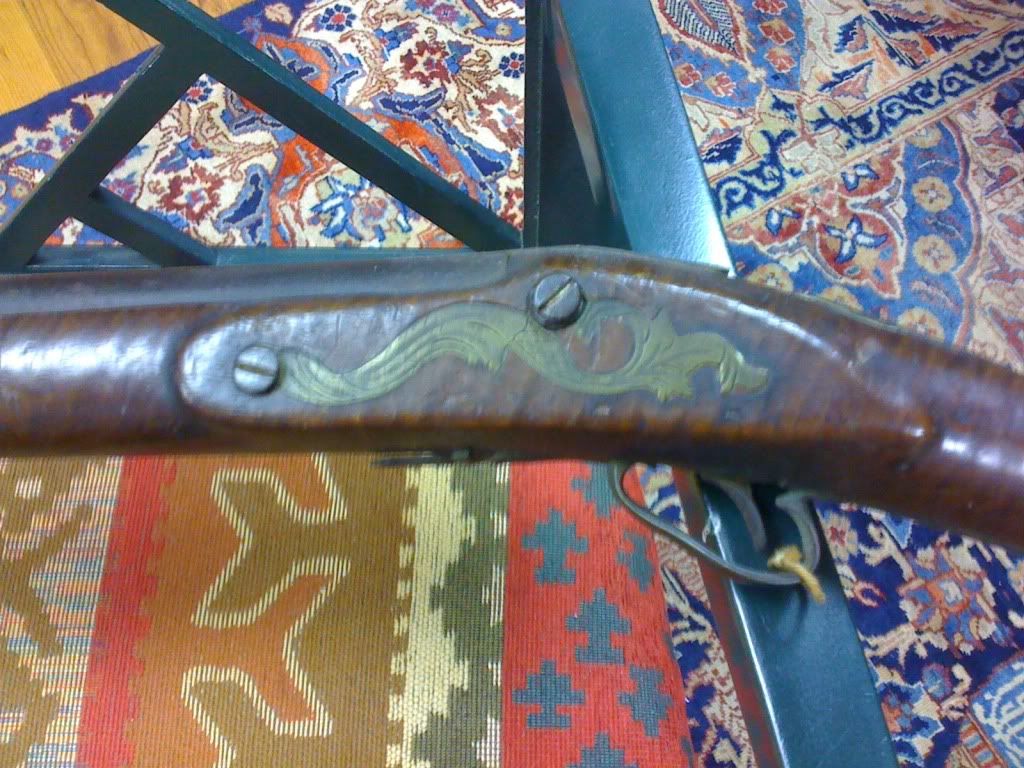
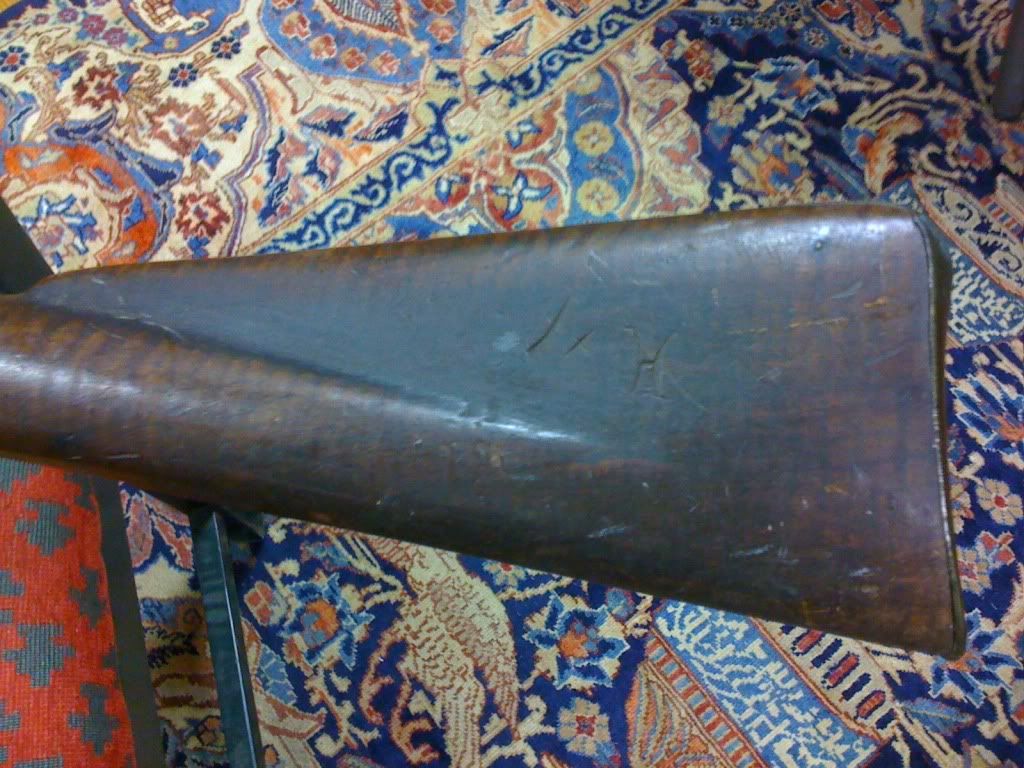
Note the marks on the butt stock in the last photo. They really don't look like initials to me, nor do they look like random scratches. Campaign marks?




















